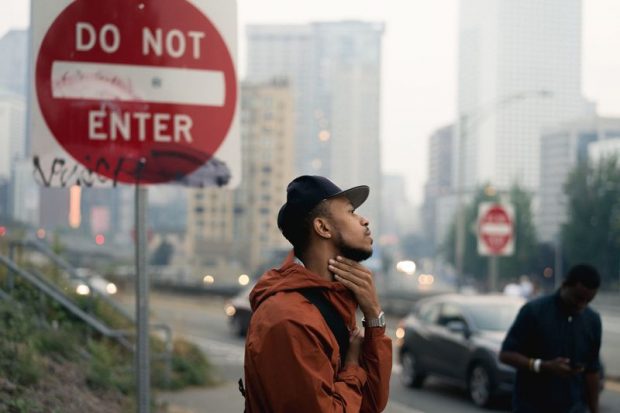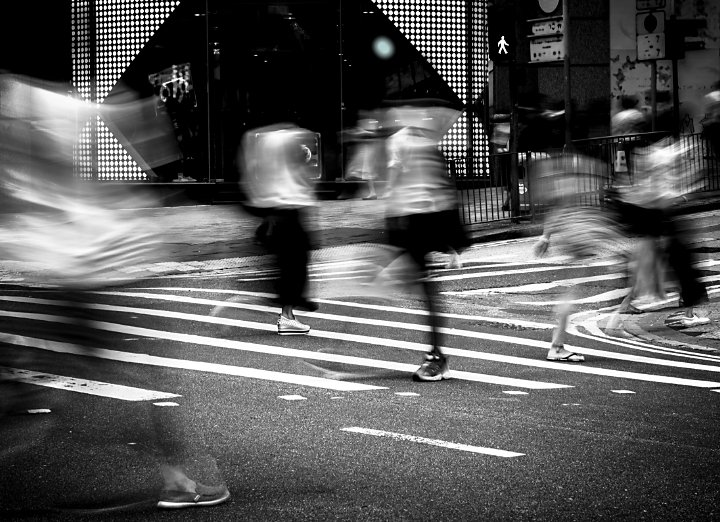The Framing Streets Diaries
Table of ContentsSome Ideas on Framing Streets You Should KnowNot known Factual Statements About Framing Streets The Only Guide for Framing StreetsLittle Known Questions About Framing Streets.What Does Framing Streets Mean?The Buzz on Framing Streets
Digital photography category "Crufts Canine Show 1968" by Tony Ray-Jones Road digital photography (additionally sometimes called candid photography) is photography performed for art or query that includes unmediated possibility experiences and arbitrary cases within public areas, generally with the aim of capturing pictures at a definitive or touching minute by cautious framework and timing. 
Get This Report about Framing Streets
Susan Sontag, 1977 Road digital photography can focus on individuals and their actions in public. In this respect, the road professional photographer resembles social docudrama professional photographers or photojournalists that additionally operate in public areas, however with the goal of catching relevant events. Any one of these digital photographers' images might capture people and property noticeable within or from public places, which usually requires navigating honest concerns and regulations of privacy, safety, and home.
Representations of day-to-day public life create a category in virtually every period of globe art, beginning in the pre-historic, Sumerian, Egyptian and early Buddhist art durations. Art dealing with the life of the street, whether within views of cityscapes, or as the dominant theme, appears in the West in the canon of the Northern Renaissance, Baroque, Rococo, of Romanticism, Realistic look, Impressionism and Post-Impressionism.
Framing Streets Can Be Fun For Everyone
Louis Daguerre: "Blvd du Temple" (1838 or 1839) In 1838 or 1839 the first picture of figures in the road was tape-recorded by Louis-Jacques-Mand Daguerre in among a pair of daguerreotype sights extracted from his workshop home window of the Blvd du Temple in Paris. The second, made at the elevation of the day, shows an unpopulated stretch of street, while the other was taken at about 8:00 am, and as Beaumont Newhall reports, "The Boulevard, so constantly full of a relocating bunch of pedestrians and carriages was flawlessly solitary, except an individual who was having his boots combed.
Subsequently his boots and legs were well defined, however he is without body or head, because these were in motion." Charles Ngre, waterseller Charles Ngre. https://fl-miami.cataloxy.us/firms/framingstreets.com.htm was the initial photographer to acquire the technological sophistication needed to register people in motion on the street in Paris in 1851. Digital Photographer John Thomson, a Scotsman collaborating with reporter and social activist Adolphe Smith, released Road Life in London in twelve monthly installations starting in February 1877
Facts About Framing Streets Revealed
Eugene Atget is considered a progenitor, not because he was the initial of his kind, however as a result of the popularisation in the late 1920s of his document of Parisian roads by Berenice Abbott, that was influenced to take on a similar documentation of New york city City. [] As the city developed, Atget aided to advertise Parisian roads as a worthy topic for photography.

Not known Incorrect Statements About Framing Streets
The chief Mass-Observationists were anthropologist Tom Harrisson in Bolton and poet Charles Madge in London, and their first record was generated as the book "May the Twelfth: Mass-Observation Day-Surveys 1937 by over 2 hundred onlookers" [] Home window cleaner at Kottbusser Tor, Berlin, by Elsa Thiemann c. 1946 The post-war French Humanist Institution photographers found their subjects on the road or in the diner. Between 1946 and 1957 Le Groupe des XV every year showed job of this kind. Andre Kertesz. Circus, Budapest, 19 May 1920 Get More Information Road photography formed the major content of two exhibits at the Gallery of Modern Art (Mo, MA) in New York curated by Edward Steichen, Five French Professional Photographers: Brassai; Cartier-Bresson, Doisneau, Ronis, Izis in 1951 to 1952, and Post-war European Photography in 1953, which exported the idea of road photography internationally.

5 Simple Techniques For Framing Streets
The recording machine was 'a surprise video camera', a 35 mm Contax hidden under his layer, that was 'strapped to the upper body and attached to a lengthy cord strung down the right sleeve'. His work had little modern impact as due to Evans' sensitivities about the originality of his job and the privacy of his subjects, it was not released until 1966, in the publication Lots of Are Called, with an introduction created by James Agee in 1940.
Helen Levitt, then a teacher of young kids, connected with Evans in 193839. She documented the transitory chalk illustrations - Street photography hashtags that were part of kids's road society in New york city at the time, along with the kids who made them. In July 1939, Mo, MA's brand-new photography section included Levitt's job in its inaugural exhibitRobert Frank's 1958 book,, was significant; raw and typically out of focus, Frank's images questioned conventional photography of the time, "challenged all the formal guidelines set by Henri Cartier-Bresson and Pedestrian Evans" and "flew in the face of the wholesome pictorialism and genuine photojournalism of American publications like LIFE and Time".